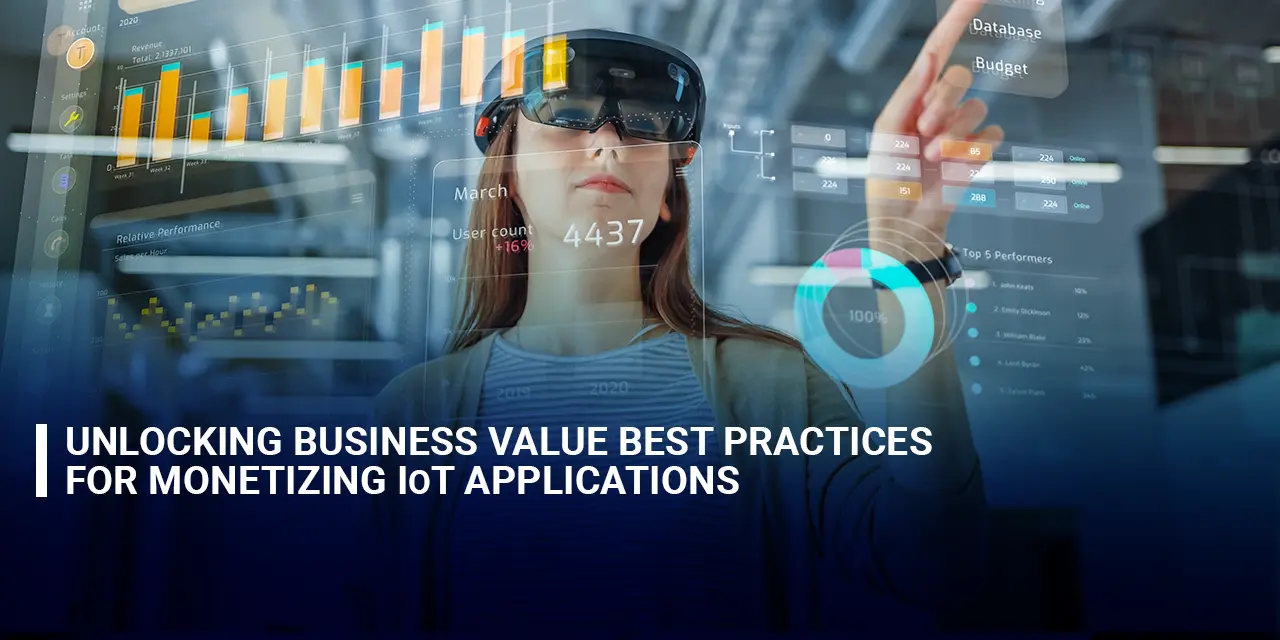Research
Share Knowledge
Brainstorm Ideas
Understanding IoT Monetization
Monetizing IoT involves generating revenue from IoT applications, whether through direct sales, subscription models, data monetization, or value-added services. The potential for IoT to revolutionize business operations and customer experiences is vast, but tapping into this potential requires a nuanced approach.
1. Identifying Value Propositions
The first step in monetizing IoT is identifying clear value propositions. Businesses need to determine how their IoT applications will create value for customers. This could be through improved efficiency, cost savings, enhanced customer experiences, or new service offerings. For instance, a smart thermostat company can monetize by offering energy-saving insights and automated climate control, providing customers with tangible cost savings on energy bills.
2. Leveraging Data for Insights and Revenue
Data is the cornerstone of IoT. The ability to collect, analyse, and act upon data differentiates successful IoT implementations from those that falter. Companies can monetize IoT by offering data-driven insights as a service. For example, a fleet management company can use IoT data to provide real-time analytics on vehicle performance and driver behaviour, helping clients optimize their operations and reduce costs.
3. Choosing the Right Monetization Model
Several monetization models can be applied to IoT applications:
• Subscription Models:
Offering IoT services on a subscription basis ensures a steady revenue stream. This model is particularly effective for services that require ongoing support and updates, such as home security systems or industrial equipment monitoring.
• Usage-Based Models:
Charging customers based on their usage of IoT services can be advantageous for applications where consumption varies significantly. For example, cloud storage for IoT data or IoT connectivity services can be billed based on data volume.
• Freemium Models:
Providing basic IoT services for free while charging for premium features can attract a broad user base and incentivize upgrades. This model is often used in consumer IoT applications like fitness trackers.
• Data Monetization:
Selling anonymized data collected from IoT devices to third parties can be a lucrative revenue stream. However, it requires careful consideration of data privacy regulations and ethical implications.
4. Ensuring Data Security and Privacy
Security and privacy concerns are paramount in IoT. Businesses must implement robust security measures to protect data and ensure compliance with regulations such as GDPR and CCPA. Building trust with customers by transparently communicating how data is used and protected can also enhance the perceived value of IoT services.
5. Enhancing Customer Experience
IoT offers unique opportunities to enhance customer experiences through personalization and automation. For example, smart home devices that learn user preferences and adjust settings automatically can create highly personalized environments. Enhancing customer experience not only adds value but can also justify premium pricing.
6. Integrating with Existing Systems
To maximize the value of IoT, applications should integrate seamlessly with existing business systems. This integration ensures that IoT data can be leveraged across the organization to improve processes and decision-making. For example, integrating IoT data with ERP systems can enhance supply chain management by providing real-time inventory and shipment tracking.
7. Partnering for Ecosystem Development
Building an ecosystem of partners can amplify the value of IoT applications. Partnerships with technology providers, data analytics firms, and industry specialists can enhance the capabilities of IoT solutions and open new revenue streams. For instance, a smart city initiative might involve collaboration between IoT device manufacturers, telecom providers, and municipal authorities.
8. Focusing on Scalability
Scalability is a critical factor in IoT monetization. As the number of connected devices grows, the ability to scale infrastructure, data management, and service delivery becomes essential. Cloud-based solutions and edge computing can provide the necessary scalability to handle large volumes of data and device interactions.
Future Trends in IoT Monetization
As IoT technology continues to evolve, new trends and opportunities for monetization are emerging:
1. AI and Machine Learning Integration
The integration of AI and machine learning with IoT will enable more sophisticated data analysis and automation. Businesses can monetize these advanced capabilities by offering predictive analytics, anomaly detection, and automated decision-making as premium services.
2. 5G Connectivity
The rollout of 5G networks will significantly enhance the capabilities of IoT applications by providing faster, more reliable connectivity. This will open new opportunities for real-time applications, such as autonomous vehicles and remote surgery, which can be monetized through premium pricing models.
3. Edge Computing
Edge computing, which involves processing data closer to the source rather than relying on centralized cloud servers, will become increasingly important in IoT. This approach reduces latency and bandwidth usage, enabling real-time processing and analysis. Businesses can monetize edge computing by offering low-latency, high-reliability services for critical applications.
Conclusion
Monetizing IoT applications requires a strategic approach that considers the unique value propositions, data opportunities, and technological advancements of IoT. By adopting best practices such as identifying clear value propositions, leveraging data, choosing appropriate monetization models, ensuring security, enhancing customer experiences, integrating with existing systems, building partnerships, and focusing on scalability, businesses can unlock significant value from their IoT investments.
The future of IoT monetization is promising, with emerging technologies like AI, 5G, and edge computing set to further enhance the capabilities and value of IoT applications. By staying ahead of these trends and continuously innovating, businesses can not only monetize their IoT solutions effectively but also drive transformative changes in their industries.
In conclusion, the journey to unlocking business value from IoT is complex but rewarding. Companies that strategically plan and implement IoT monetization strategies will be well-positioned to capitalize on the immense potential of this technology, creating new revenue streams and competitive advantages in the process.
How can we help?
ITPN has leading-edge capabilities, top-class experts, and pioneering experience in this area. Please contact us if you have any questions or need assistance regarding our services.

